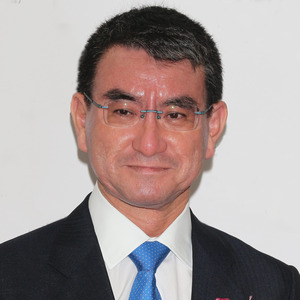アストラゼネカ まとめ

This Picture is rated 36 by BING for KEYWORD アストラゼネカ, You will find this result at BING.COM.
IMAGE Details FOR アストラゼネカ まとめ's Wallpaper| TITLE: | アストラゼネカ まとめ |
| IMAGE URL: | https://news-img.cdn.nimg.jp/s/articles/images/8863185/6e6779dd5ee01bd5d6bb4bcfda1e4d585fbd062d41d8702f29558259142896ee3289d304fe77d431366112fc25af5bdec655b69dd54262a76e909a6e8da46a5c/300x300s_FFFFFFFF.webp?key=4cb36ab7ac98f340657d3c2dde6763803d5f2dc482c2057faff04360890e841f |
| THUMBNAIL: | https://tse3.mm.bing.net/th?id=OIP.10dponMcKrXpF_jS8Z9XWQAAAA&pid=Api&P=0&w=300&h=300 |
| IMAGE SIZE: | 22.8KB Bs |
| IMAGE WIDTH: | 300 |
| IMAGE HEIGHT: | 300 |
| DOCUMENT ID: | OIP.10dponMcKrXpF_jS8Z9XWQAAAA |
| MEDIA ID: | resitem-35 |
| SOURCE DOMAIN: | trend.news.nicovideo.jp |
| SOURCE URL: | https://trend.news.nicovideo.jp/p/%E3%82%A2%E3%82%B9%E3%83%88%E3%83%A9%E3%82%BC%E3%83%8D%E3%82%AB |
| THUMBNAIL WIDTH: | 300 |
| THUMBNAIL HEIGHT: | 300 |
Related Images with アストラゼネカ まとめ
At least two perspectives of design activity are per the action-centric perspective. Both contain 3 undemanding activities.タイ、アストラゼネカ製ワクチン接種を延期 欧州の血栓症例で

WHO、アストラゼネカワクチン 血栓症と直接の因果関係みられず

WHO、アストラゼネカワクチン 血栓症と直接の因果関係みられず

肺がん アストラゼネカ
